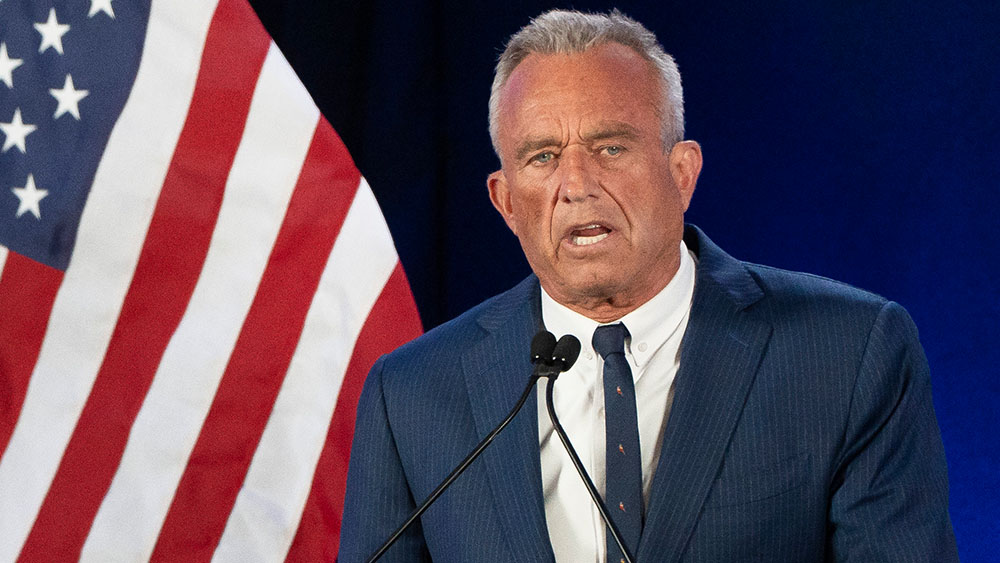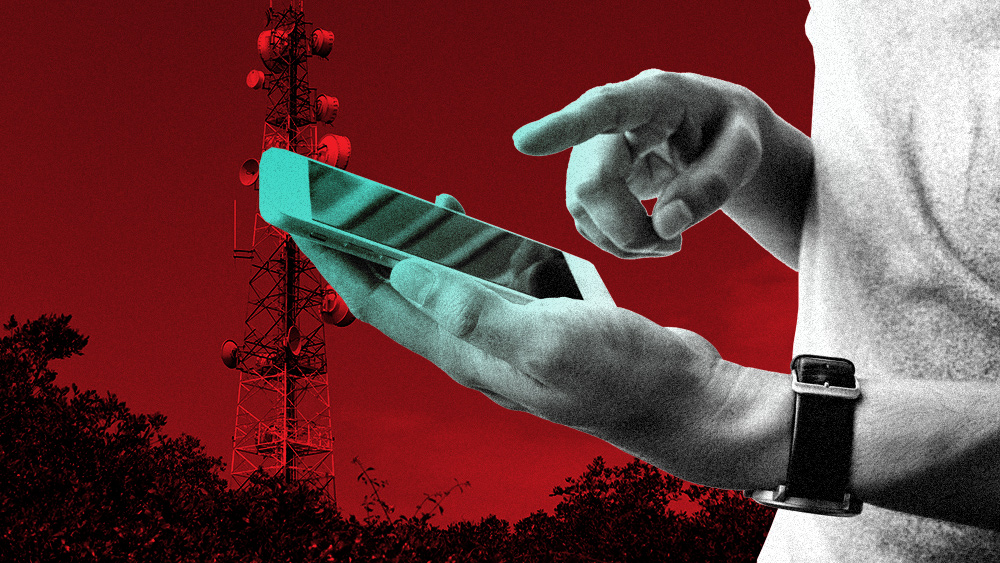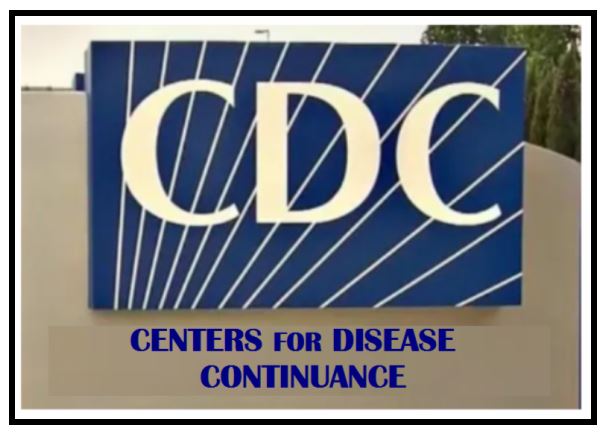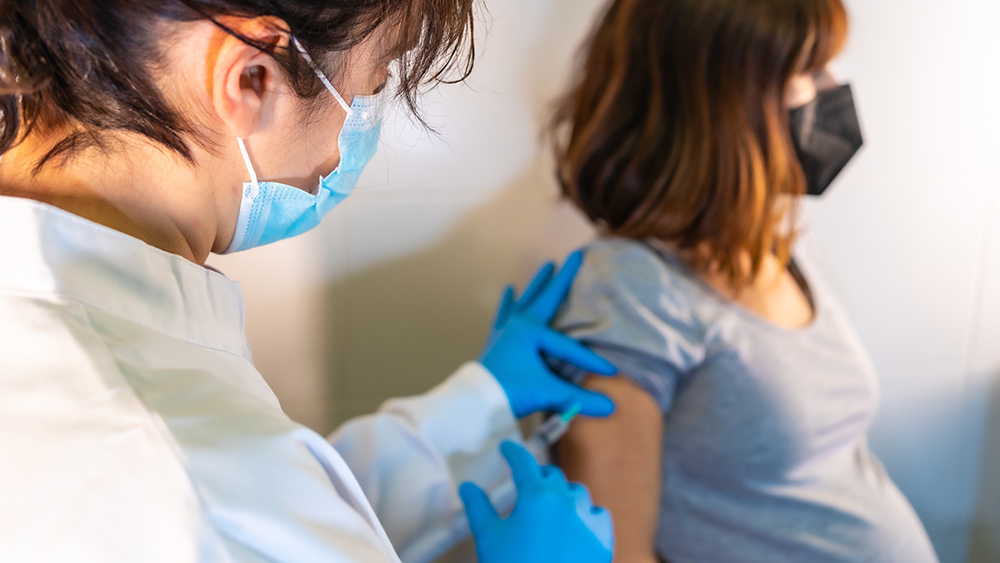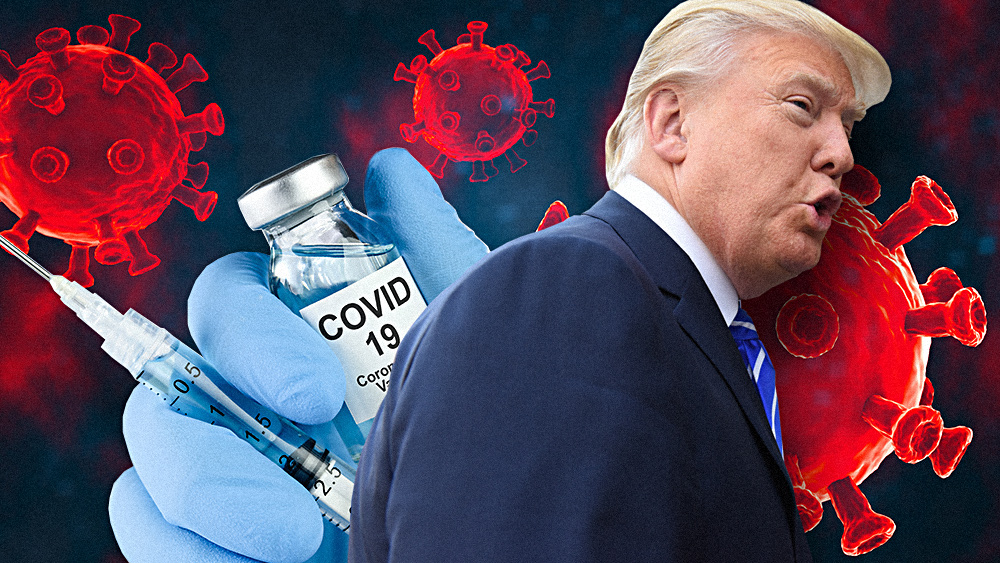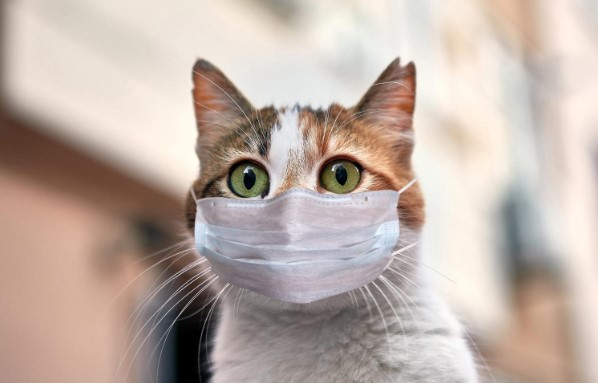CDC admits VAERS captures only 1% of vaccine injuries: TIME to build a TRANSPARENT and HONEST vaccine monitoring system
02/16/2025 / By Lance D Johnson
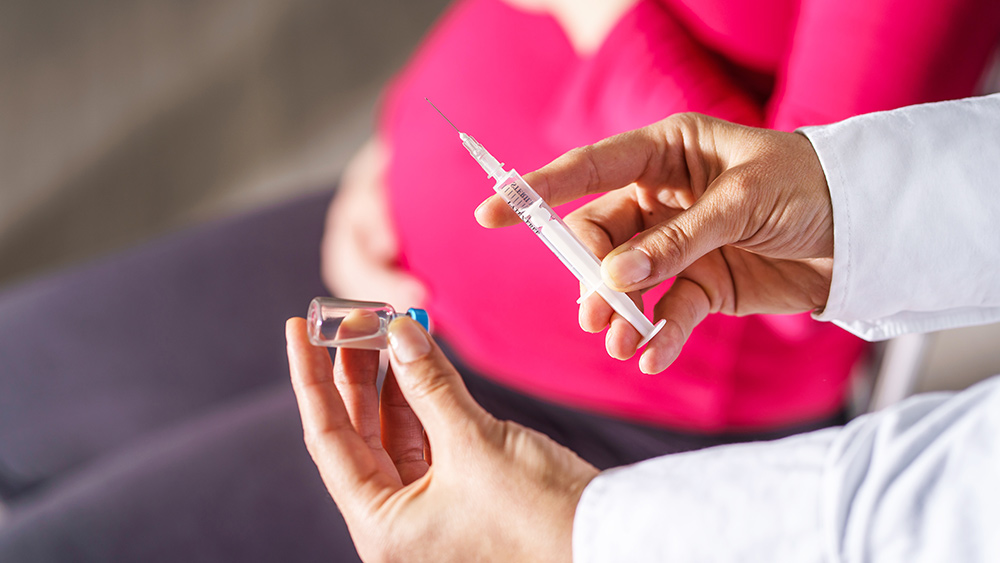
The Vaccine Adverse Event Reporting System (VAERS), the U.S. government’s primary tool for monitoring vaccine safety, is a broken and woefully inadequate system that captures only 1% of vaccine injuries, according to a shocking admission from the Centers for Disease Control and Prevention (CDC). This revelation, buried in a 2010 CDC-funded study, confirms what vaccine safety advocates have been saying for years: the true scale of vaccine injuries is being systematically hidden from the public, and regulators are making decisions based on a fraction of the data.
The CDC’s admission is a damning indictment of the entire vaccine industry, which has long relied on VAERS to downplay the risks of vaccines while pushing their products as “safe and effective.” But with only 1% of adverse events being reported, it’s clear that VAERS is nothing more than a smokescreen, designed to protect the pharmaceutical industry rather than the public.
The VAERS farce
VAERS, co-managed by the CDC and the Food and Drug Administration (FDA), is often touted as the nation’s “early warning system” for vaccine safety issues. But the system is fundamentally flawed. It relies on voluntary reporting from healthcare providers and patients, many of whom are unaware of its existence or discouraged from reporting adverse events. Even when reports are filed, they are often incomplete, delayed, or ignored.
The CDC-funded study found that fewer than 1% of vaccine adverse events are ever reported to VAERS. This means that the true number of vaccine injuries is likely 100 times higher than what is officially recorded. For example, if VAERS reports 10,000 adverse events, the real number could be closer to 1 million. This is not just a statistical discrepancy—it’s a catastrophic failure of public health oversight.
Breaking the study down
The ESP:VAERS project, funded by the Agency for Healthcare Research and Quality (AHRQ), aimed to enhance vaccine safety by improving adverse event detection and reporting through electronic health records (EHRs). Conducted by Harvard Pilgrim Health Care, the study analyzed data from 715,000 patients and 1.4 million vaccine doses, identifying 35,570 possible adverse events (2.6% of vaccinations). However, the project revealed a critical flaw in VAERS: fewer than 1% of vaccine adverse events are reported. This under-reporting undermines public health efforts to identify and address vaccine safety concerns promptly.
The study proposed an automated system, ESP:VAERS, to streamline adverse event detection and reporting by integrating EHR data and notifying clinicians of potential events. Despite its potential, the project faced significant challenges, including delays and lack of responsiveness from the CDC, which hindered performance evaluations and randomized trials. These barriers highlight systemic inefficiencies in VAERS, which relies on voluntary reporting and lacks integration into clinicians’ workflows.
The findings underscore the urgent need for mandatory reporting of vaccine injuries and improved clinician education on recognizing and reporting adverse events. Additionally, the study calls for better-informed consent processes to ensure patients are aware of potential vaccine risks. Without these reforms, the VAERS system will remain inadequate, jeopardizing public trust in vaccination programs and delaying the identification of safety concerns. The ESP:VAERS project demonstrates the potential of technology to address these gaps, but systemic changes are essential to ensure its success.
The human cost of a broken system
The under-reporting of vaccine injuries has devastating consequences. Without accurate data, regulators cannot identify dangerous vaccines or vaccine lots, nor can they determine which populations are most at risk. This lack of transparency leaves millions of people vulnerable to harm, while allowing pharmaceutical companies to continue profiting from unsafe products.
Consider the COVID-19 vaccines, which have been linked to a staggering number of adverse events, including myocarditis, blood clots, and neurological disorders. VAERS data already shows tens of thousands of serious injuries and deaths following COVID-19 vaccination, but if the CDC’s 1% figure is accurate, the real toll could be in the millions. This is not just a public health crisis—it’s a humanitarian disaster.
It’s time to dismantle VAERS and replace it with a transparent, independent, and comprehensive vaccine monitoring system that captures the full scope of vaccine injuries. Robert F. Kennedy Jr. is making this one of his top priorities.
Here are six essential steps for replacing VAERS with a more honest, transparent system
1. Mandatory reporting by healthcare providers
Healthcare providers should be legally required to report all adverse events following vaccination. This would eliminate the reliance on voluntary reporting and ensure that every injury is documented. Penalties for non-compliance should be severe to enforce accountability.
2. Real-time monitoring and data sharing
A new system should use advanced technology to monitor vaccine safety in real time. Electronic health records (EHRs) could be integrated with the monitoring system to automatically flag adverse events and share data with regulators. This would allow for faster identification of safety signals and quicker action to protect the public.
3. Independent oversight
The current system, managed by the CDC and FDA, is riddled with conflicts of interest. A new monitoring system should be overseen by an independent body with no ties to the pharmaceutical industry. This would ensure that data is analyzed objectively and that public health decisions are made in the best interest of the people, not corporate profits.
4. Public access to data
All vaccine safety data should be made publicly available in an easily accessible format. This would allow researchers, journalists, and the general public to analyze the data and hold regulators accountable. Transparency is essential to rebuilding trust in the vaccine industry.
5. Compensation for vaccine injuries
A new system must include a robust compensation program for those injured by vaccines. The current National Vaccine Injury Compensation Program (VICP) is slow, bureaucratic, and often denies valid claims. Victims of vaccine injuries deserve swift and fair compensation, as well as access to medical care and support.
6. More comprehensive informed consent for patients and parents
A new system should make it mandatory for all doctors and nurses to share the vaccine insert sheet and all relevant risks about a vaccine before they offer the product to a patient or seek a parent’s permission to use the product on their child. This will enable parents and patients to better identify vaccine injury if it does occur, allowing for more accurate reporting and greater communication between patients and healthcare providers.
The CDC’s admission that VAERS captures only 1% of vaccine injuries is a wake-up call. It’s time to demand a vaccine monitoring system that prioritizes transparency, accountability, and public safety. The current system is a betrayal of public trust, and it’s putting lives at risk. We cannot allow the pharmaceutical industry and its government enablers to continue hiding the truth about vaccine injuries.
Sources include:
Digital.ahrq.gov [PDF]
Submit a correction >>
Tagged Under:
broken system, CDC, communication, data sharing, healthcare professionals, HHS, independent oversight, independent reporting, informed consent, mandatory reporting, monitoring, public data access, public trust, transparency, under-reporting, Vaccine injuries, vaccine insert sheet, vaccine programs, VAERS
This article may contain statements that reflect the opinion of the author







